Spyker boss Victor Muller is a certifiable car nut and, right now, his enthusiasm is banging against the rev limiter.
With good reason, because his company – the colourful maker of quirky, luxury sports cars – has new models under development and ambitious plans for the future, underpinned by a deal with Chinese company Youngman that has enabled Muller and Spyker to face the world with renewed vigour.
The situation is a far cry from two years ago, when the Dutch company was effectively in hibernation. Having bought struggling Saab in 2010, Spyker was almost dragged down as the Swedish company hit the financial skids in 2011.
At the same time, Coventry-based CPP Manufacturing, which created the aluminium bodies-in-white for Spyker’s Spyker C8 Aileron, went into administration, affecting production and sales. Spyker had to locate and acquire the tooling, parts and semi-built bodies in order to restart production in-house at its Zeewolde base.
The loss of Saab prompted a change of tack for Spyker’s parent company, which had previously sought to sell its sports car firm. In 2012, during which Spyker sold just four cars, the priority became securing the company’s future.
In April of last year, Muller reached an agreement with Spyker’s three main money-lenders to convert debt into shares, a deal that left the company free of bank loans.
The next step was to secure funding to pay creditors and restart production. A deal was struck with Chinese company Youngman, which made a cash contribution of €25 million to develop and manufacture an oft-mooted super-SUV called the D8 Peking to Paris.
A new Spyker
Now we’re effectively looking at Spyker version 2.1, a revival of the company that first built cars in the early 1900s and was resurrected by Muller in 1999 because he wasn’t satisfied with the standard of existing luxury supercars on the market.
“When I signed the deal with Youngman in December 2012,” says Muller, “I said to myself, ‘Now we need to make a statement. I will design a new car that I’ve had in my head for a long time’. I started drawing there and then, and 22 days later it was done.”
That car, the B6 Venator, is a compact two-door sports car that will sell for €125,000 (about £107,000), a lower price than the company’s previous offerings. It was revealed to the world at the Geneva motor show in March. The V6-powered car is the first road-going Spyker to feature an all-carbonfibre body atop an aluminium chassis, and an open-top version is being prepared for the Pebble Beach Concours d’Elegance.
“If the first few months since that introduction are representative of what we will see with that car, I wish we’d done it before,” he says. “For years, we’ve been asked by our clients and dealers, ‘Why don’t you introduce a car that has the design DNA, fit and finish of the products you are already making but at a more affordable price point?’. When we got ourselves back on track last year, we decided this was the time to do it.”
Muller is adamant that producing a more accessible car won’t happen at the expense of the brand’s reputation for luxurious quality. “We’re expanding without pillaging our own image,” he says. “If Spyker were to go mainstream, it would lose some of its appeal. I can assure you that as long as I’m in charge, we will never go there, because I think the proposition of a Spyker is to be an exclusive alternative, not a mainstream car."
The build of C8 Ailerons has restarted at Zeewolde, but the facility isn’t large enough to produce the B6 Venator in sufficient quantities, so that will have to be constructed elsewhere. Farther down the line, so will the D8 Peking to Paris.
New people, new plans
In another key development last year, John Walton, former vice-president of Aston Martin North America, joined Spyker as chief commercial officer. The 53-year-old Briton played a key role in growing Aston Martin’s business in the US during the first decade of this century.
“I’ve known John since 1997, when I ordered my first Aston Martin DB7 Volante,” says Muller. “We always stayed in touch. He launched a large number of cars for Aston Martin and he brings seniority and experience to Spyker. I’m really good at strategic issues and I love to design my cars, but I’m really not good at day-to-day management. My attention span is too short for that. John is a true manager and, in that sense, he has made my life so much better.
So there are new models on the way and people on board who are experts at selling supercars. As for the question of who would consider buying a Spyker, Muller doesn’t get sucked into the trap of proclaiming his cars as rivals to established supercar builders.
Instead, he has a clear – and realistic – idea of who his typical customer is. “The classic buyer is a guy somewhere north of 45 years old, affluent, self-made, has an array of classic cars and is very much into the driving experience,” he says. “He wants to have something else. He’s gone through driving a BMW 3-series, then a Porsche, then a Ferrari or Aston Martin, and he’s got to the point where he wonders, ‘What’s next?’.
“Approximately 98 per cent of people owning Ferraris and Aston Martins will not get to that point. They are very happy with Ferraris and Aston Martins, and rightly so. But there is this small group of people who want to have something else, and where do they turn?
“I would say there are three viable alternatives. If you’re really into speed, you can buy a Koenigsegg, which is one of the most beautifully crafted super-sports cars on the globe. If you’re into extravagance and craftsmanship beyond your wildest expectations, you can buy a Pagani. In terms of performance, it is also unprecedented. But if you want something a little less in your face but with craftsmanship you will not find anywhere else, and tailored to your own needs, I think Spyker is the place where people can go.
“So we are not competing in any shape or form with Ferrari or Aston Martin. We’re competing with, say, a Patek Philippe watch at auction. When you know that, your marketing is not aimed at trying to get the customer out of a Ferrari, because it is completely useless to try to do that.”
Although Muller isn’t afraid to admit that he has made mistakes in the past, he isn’t keen to dwell on his errors, either.
“When I started, I was just a well intentioned car collector with the money to do it and a very clear view of what I didn’t like in the new Astons and Ferraris that I was buying in the 1990s. And that gave me the drive to say what I really liked. In my classic cars, particularly the pre-war ones, it was the craftsmanship and I felt that in the 1990s the quality of the craftsmanship in super-sports cars had gone down,” he says.
“I thought, ‘Why not do something ourselves?’. Had I known then what I now know, I would have made a million different decisions, but you get to learn things from experience. I don’t regret any of it, because it was instrumental in getting where we are today.”

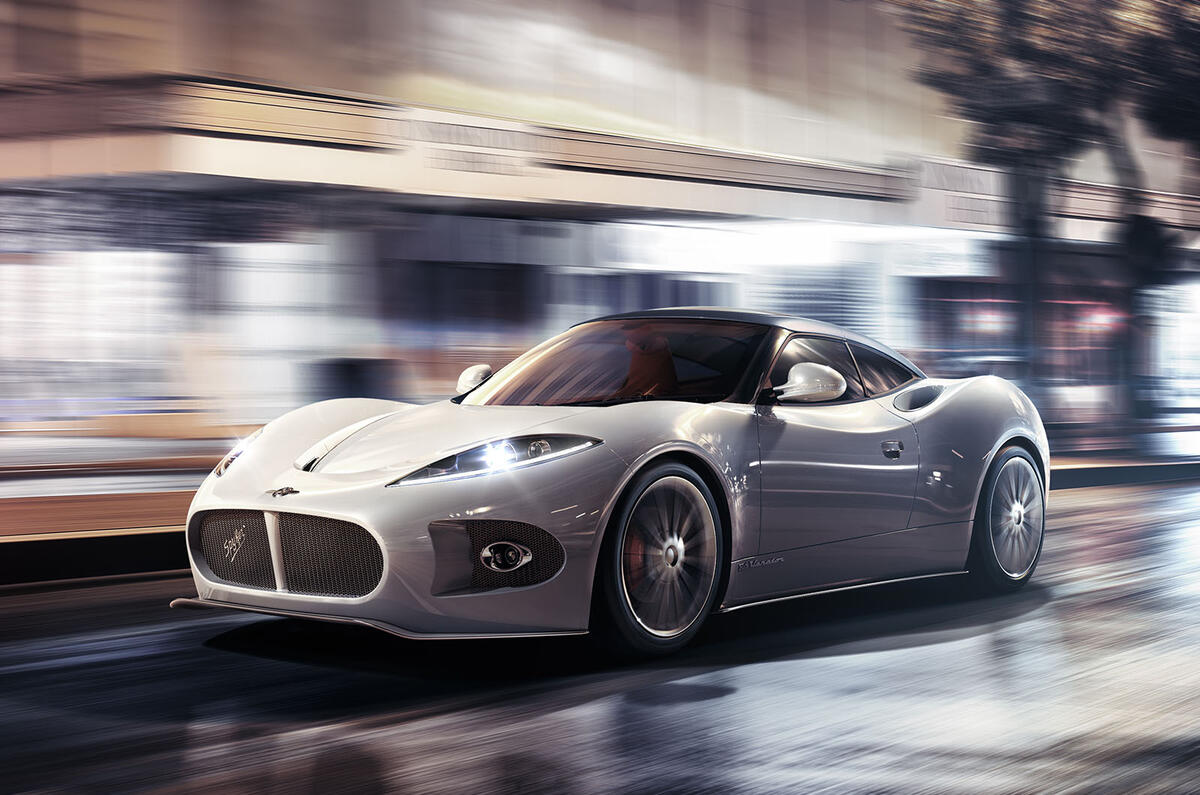

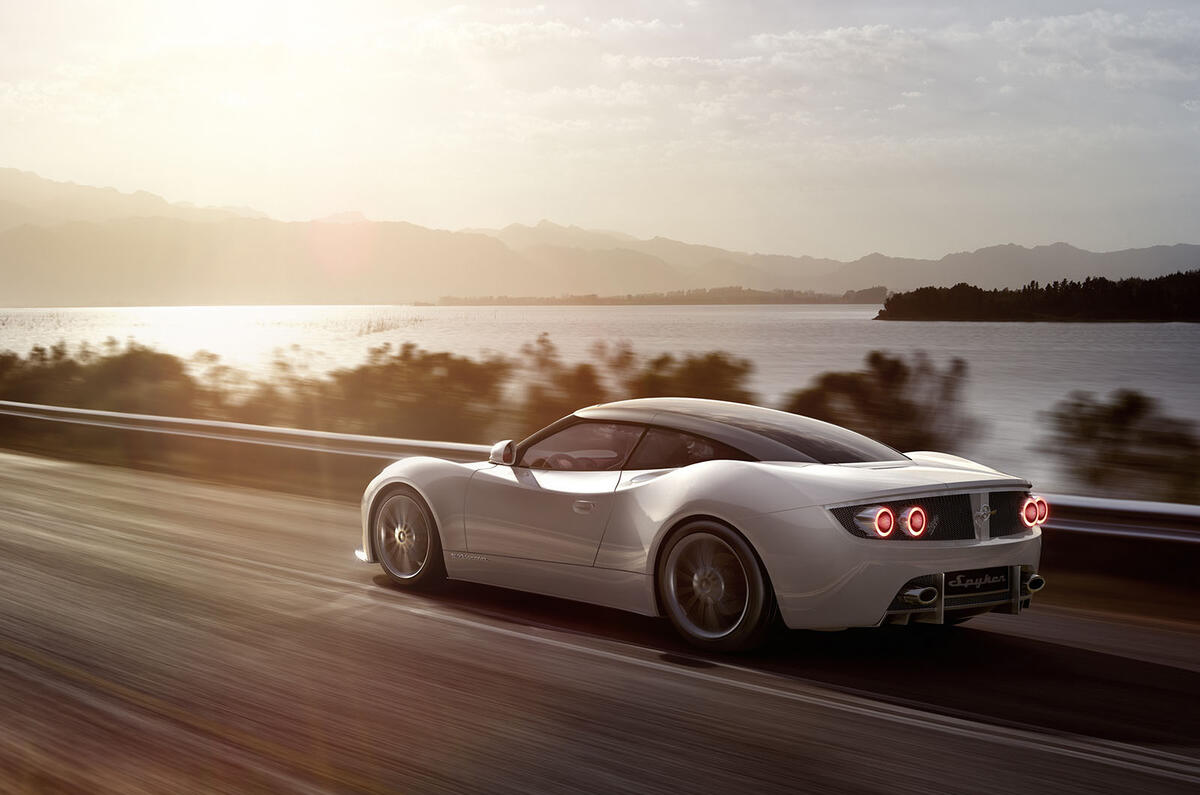
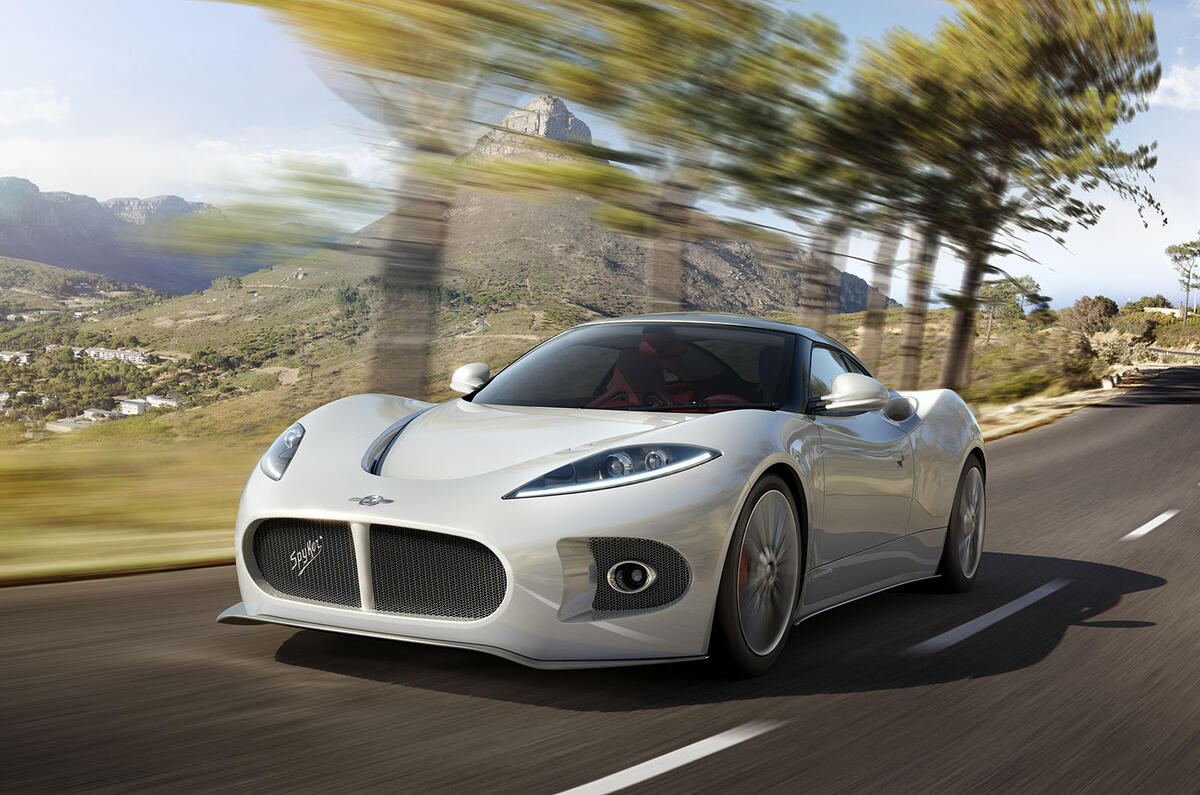
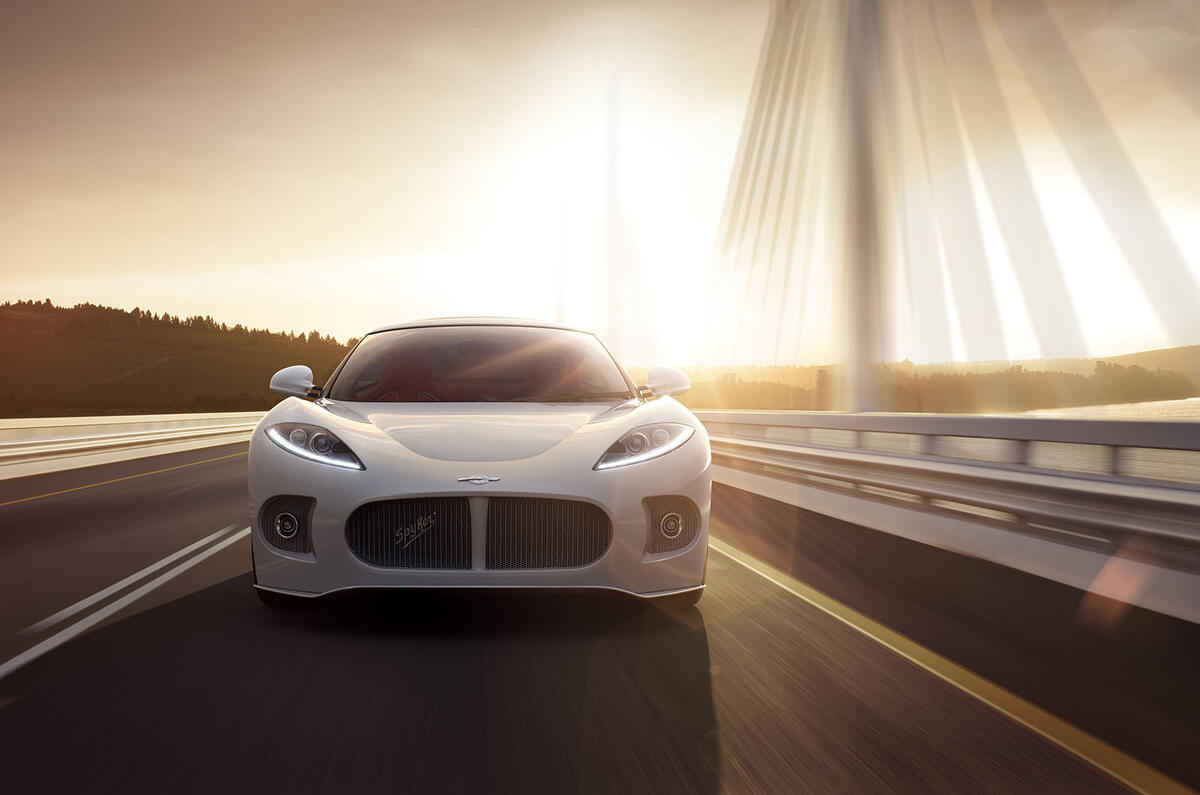
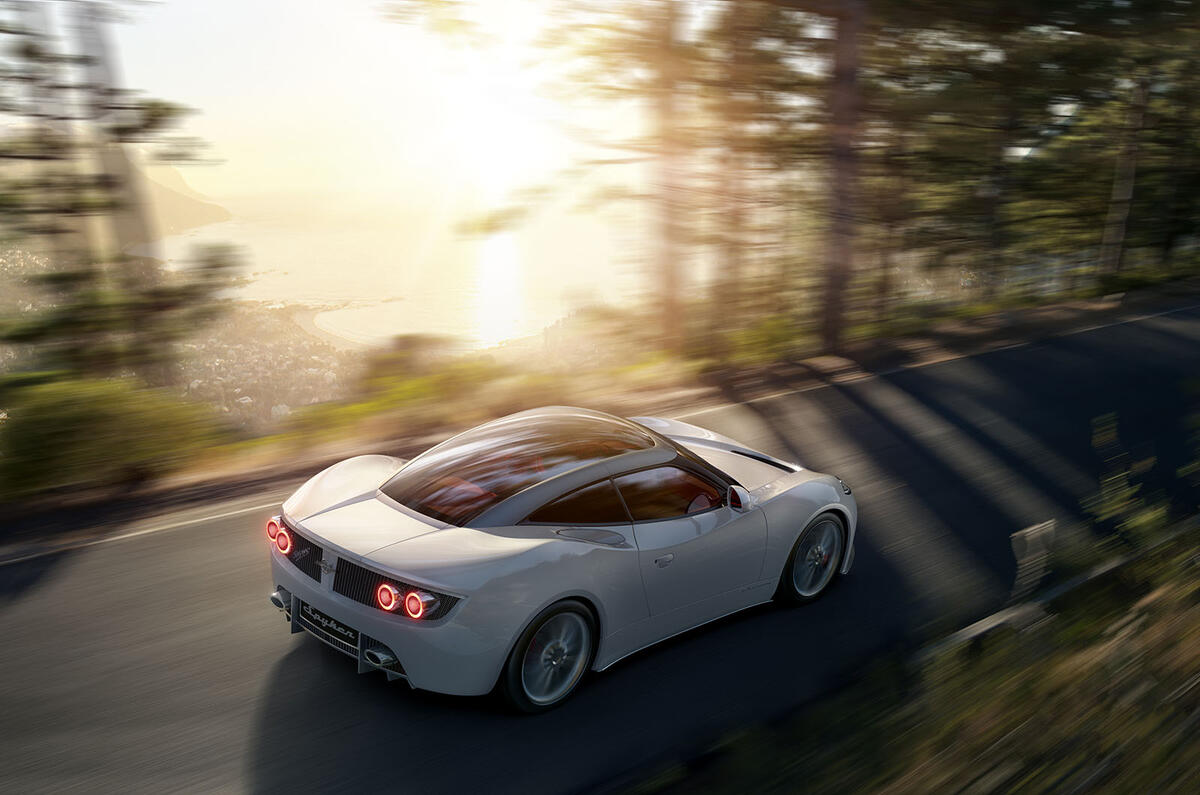
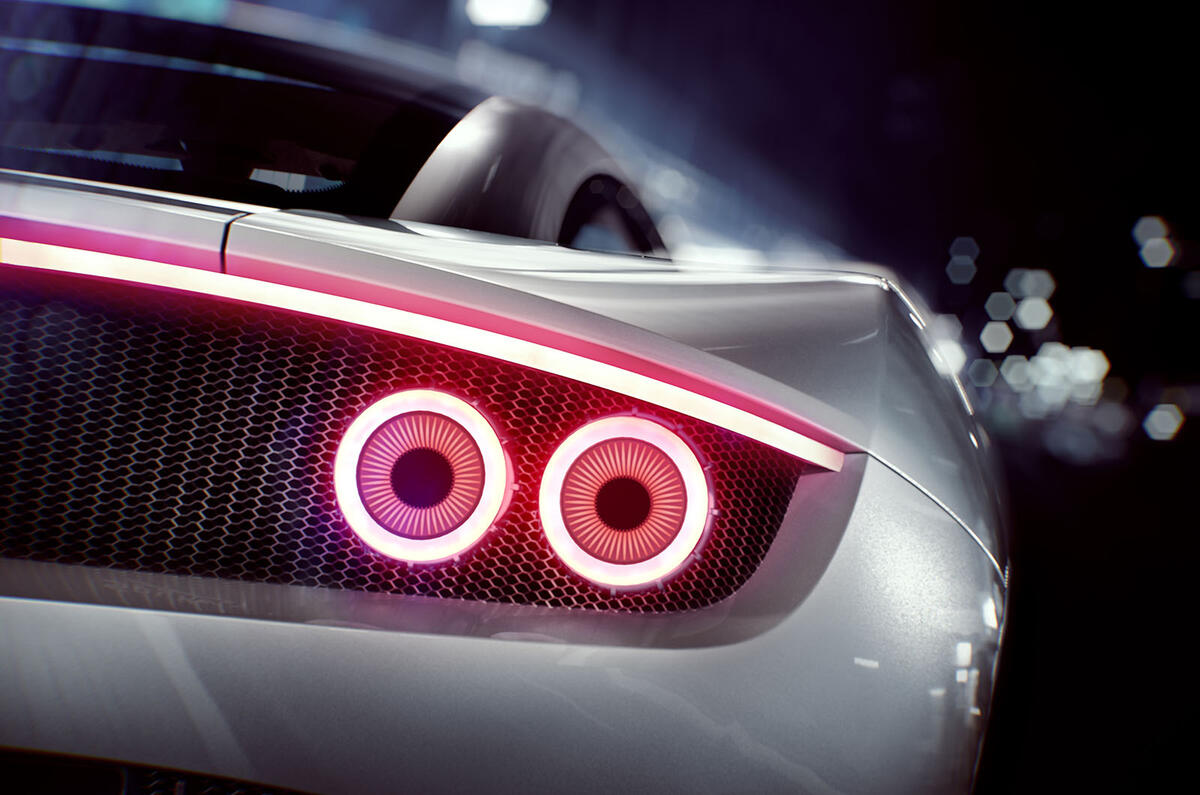
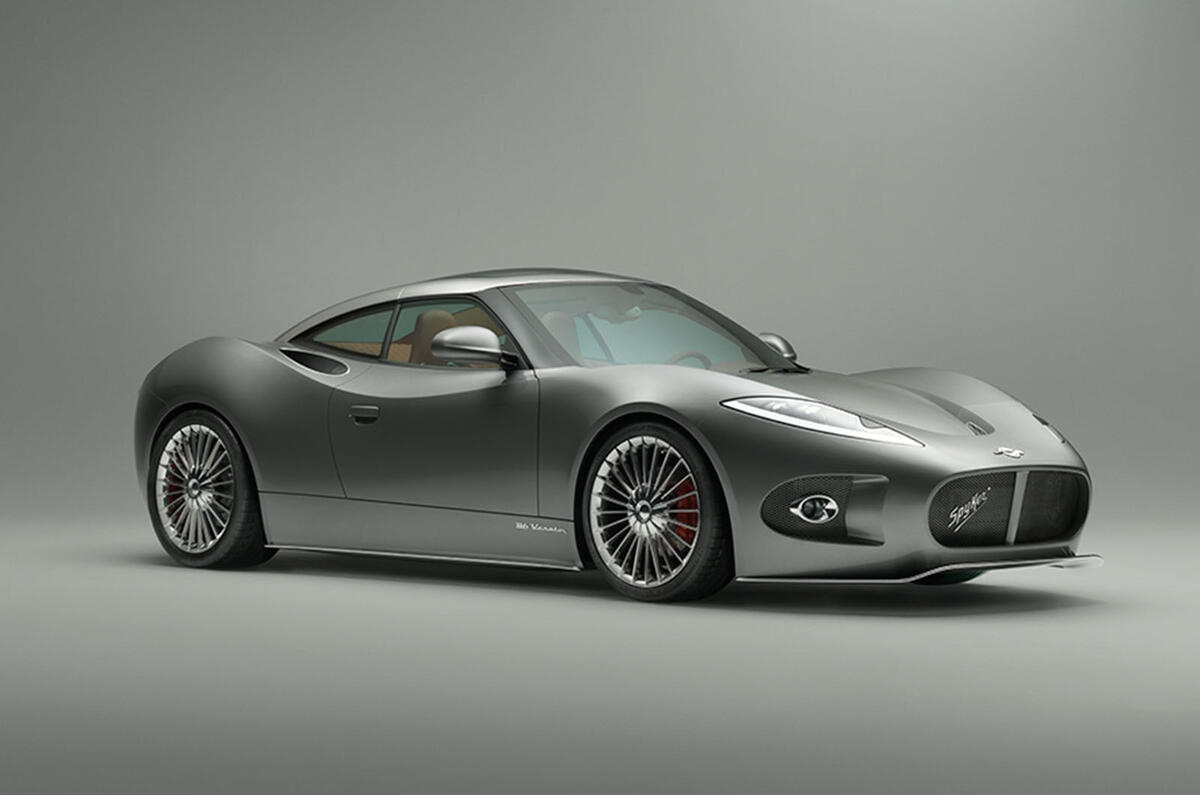
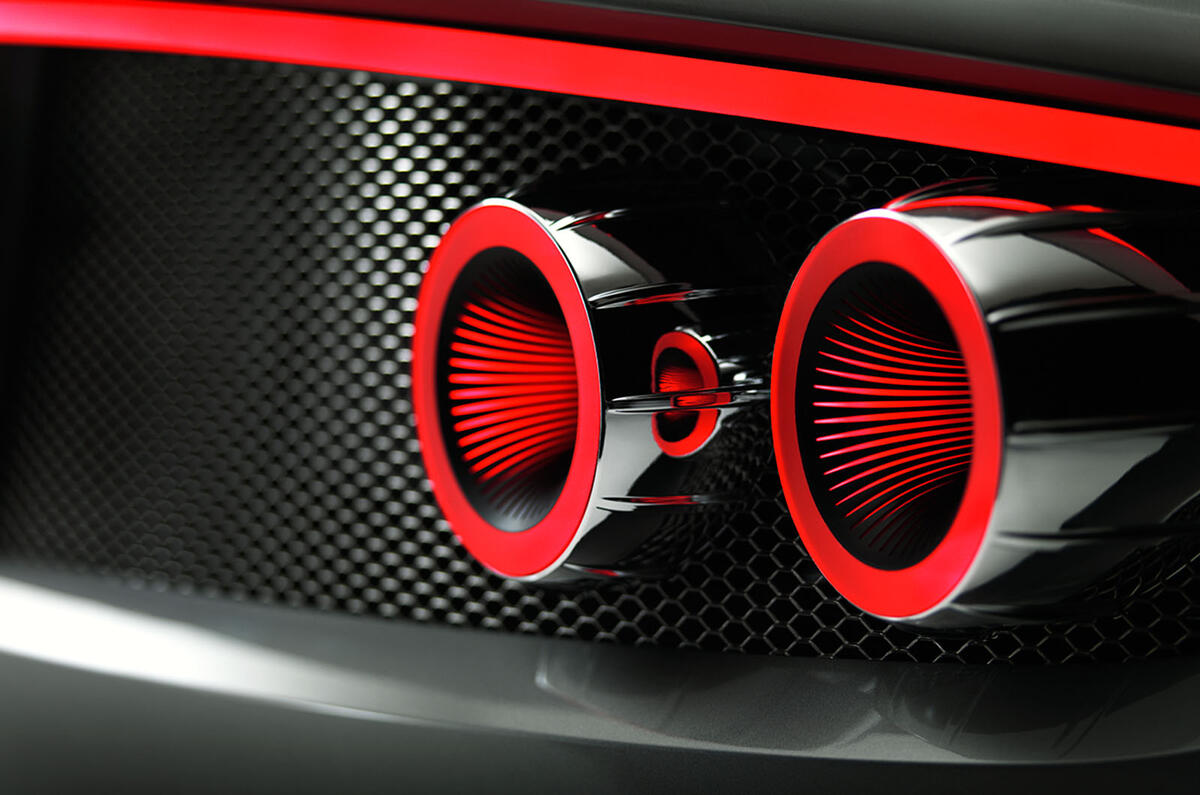

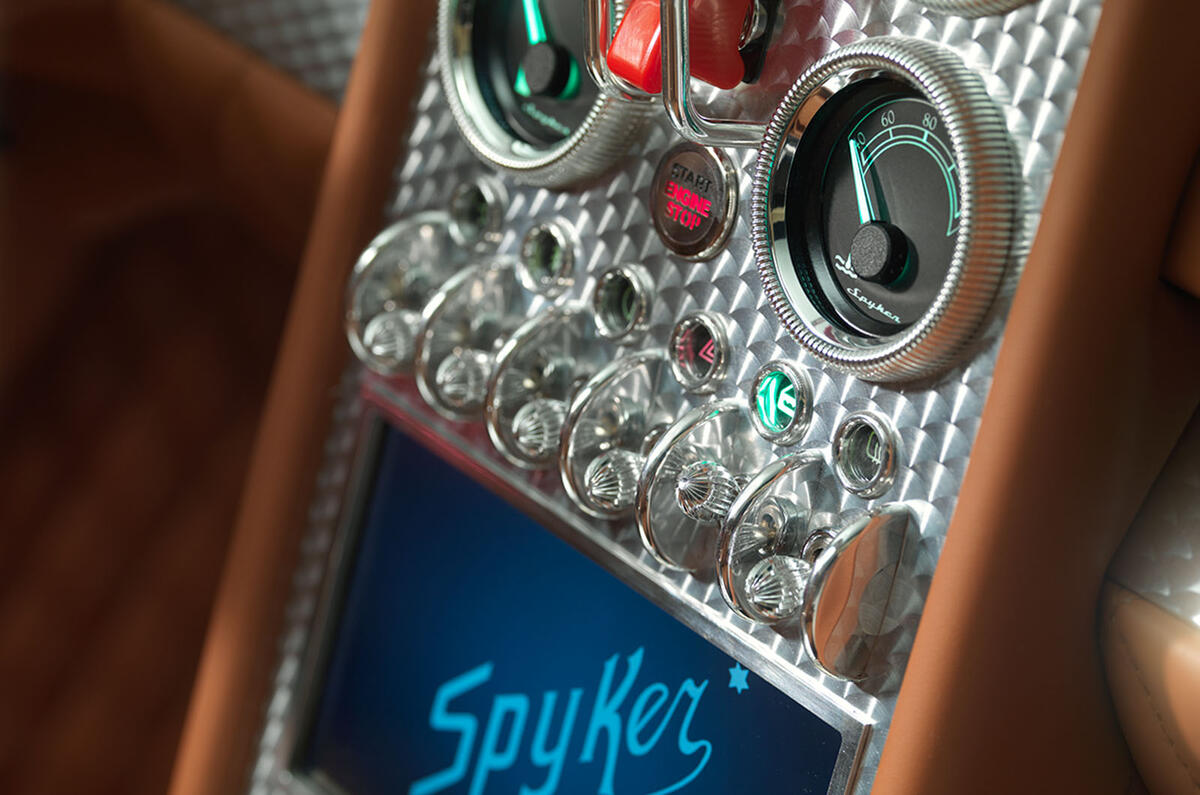
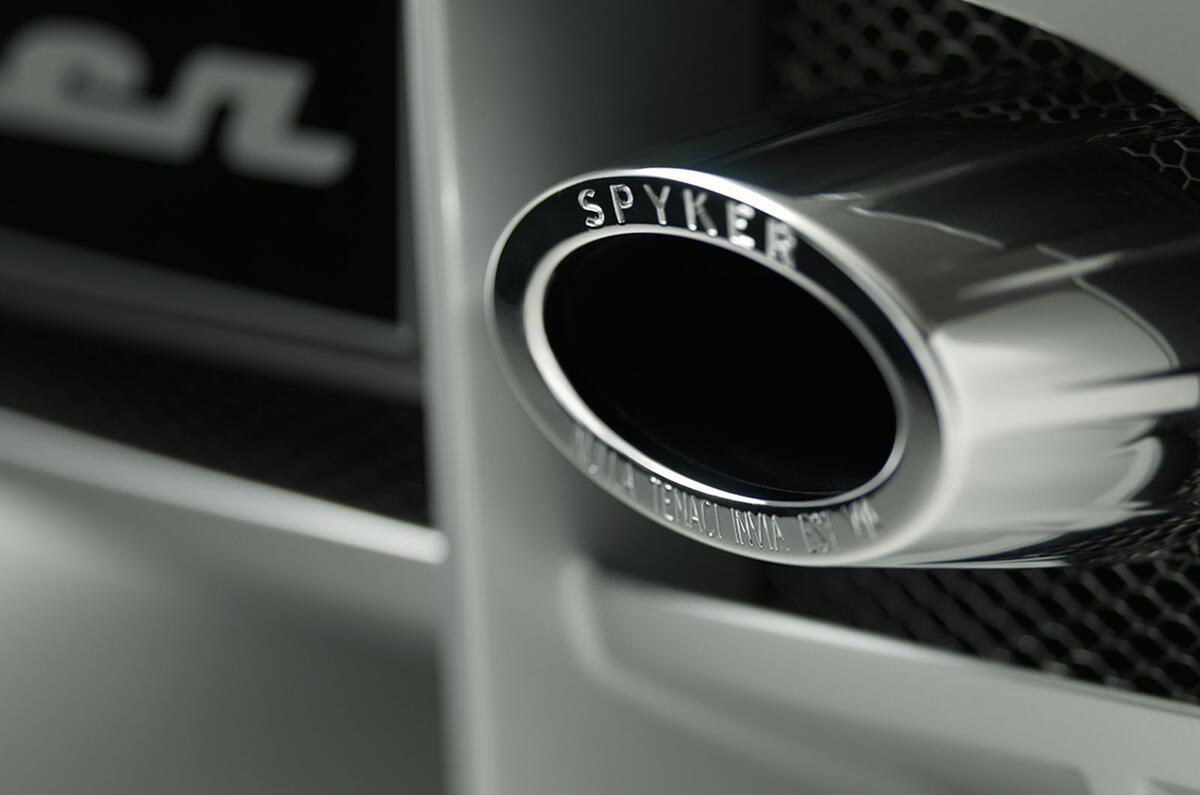

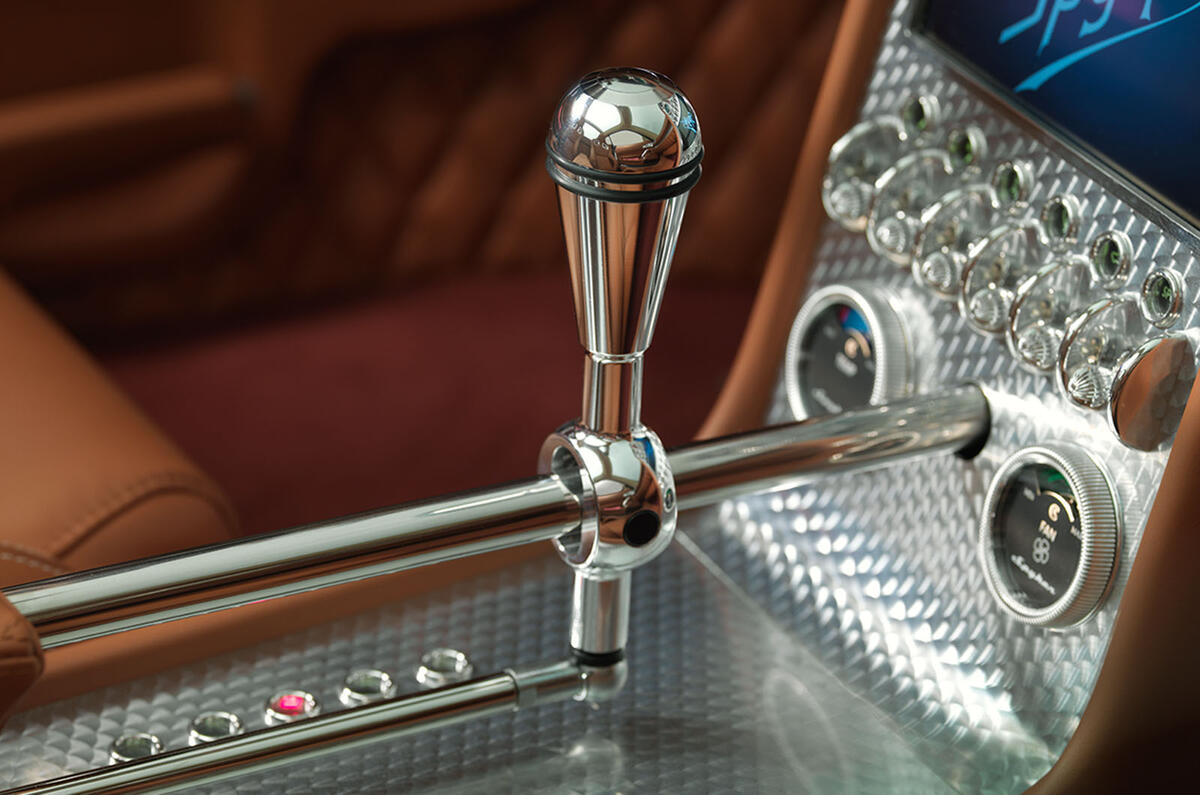

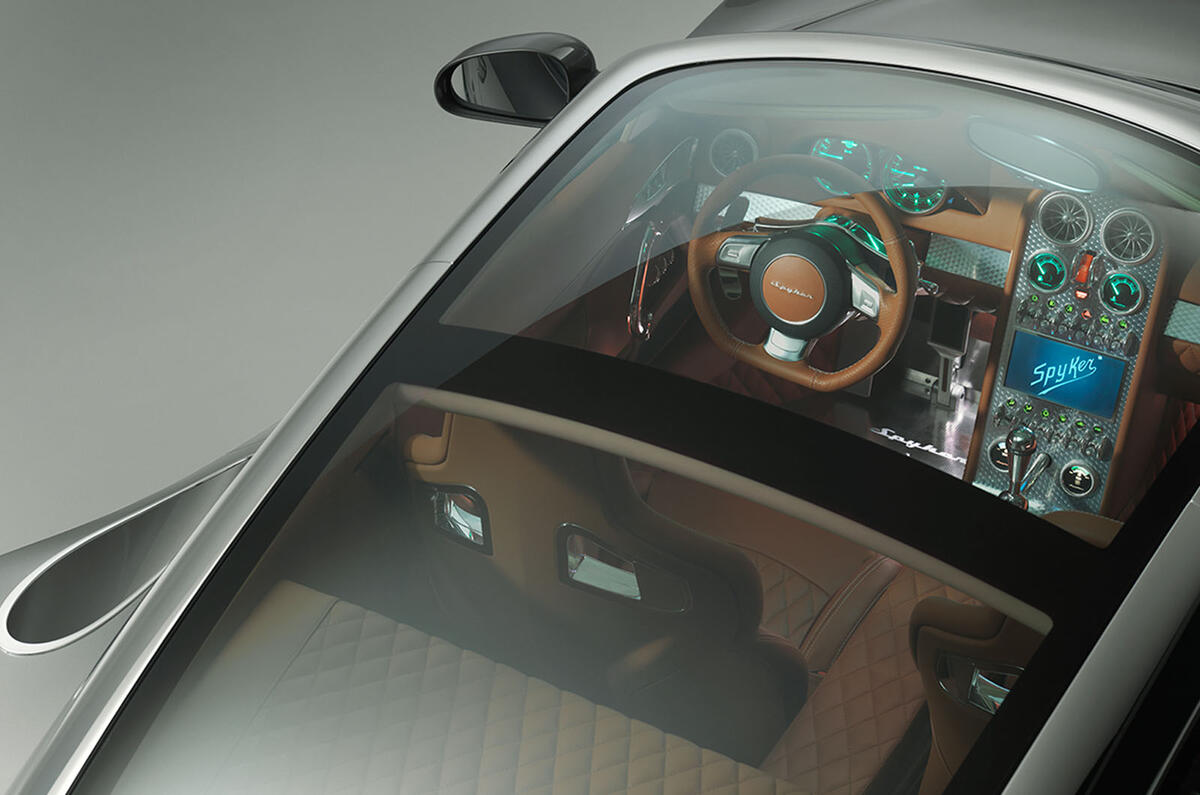









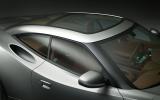

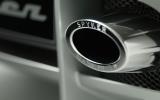

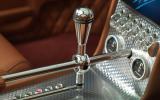
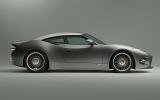
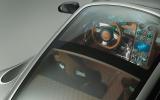


Join the debate
Add your comment
Beautifully voluptuous
The misgivings expressed on this forum do not seem misplaced, but going by the looks of the cars, boy, do I want Spyker to succeed. Every Spyker design shown so far has a personality.
The poor People
"I wonder what the poor people are doing tonight"[Quote after the Wall Street Crash] They are probable enjoying a nice Hot Hatch like the A45 AMG,or maybe a used GTR [THE BEST BFTBuck in a supercar} I also like Scotty5 am not impressed by all this rich man's dreaming.
Even in the Netherlands
Even in the Netherlands Victor Muller isn't taken seriously.
Dream on, Victor.